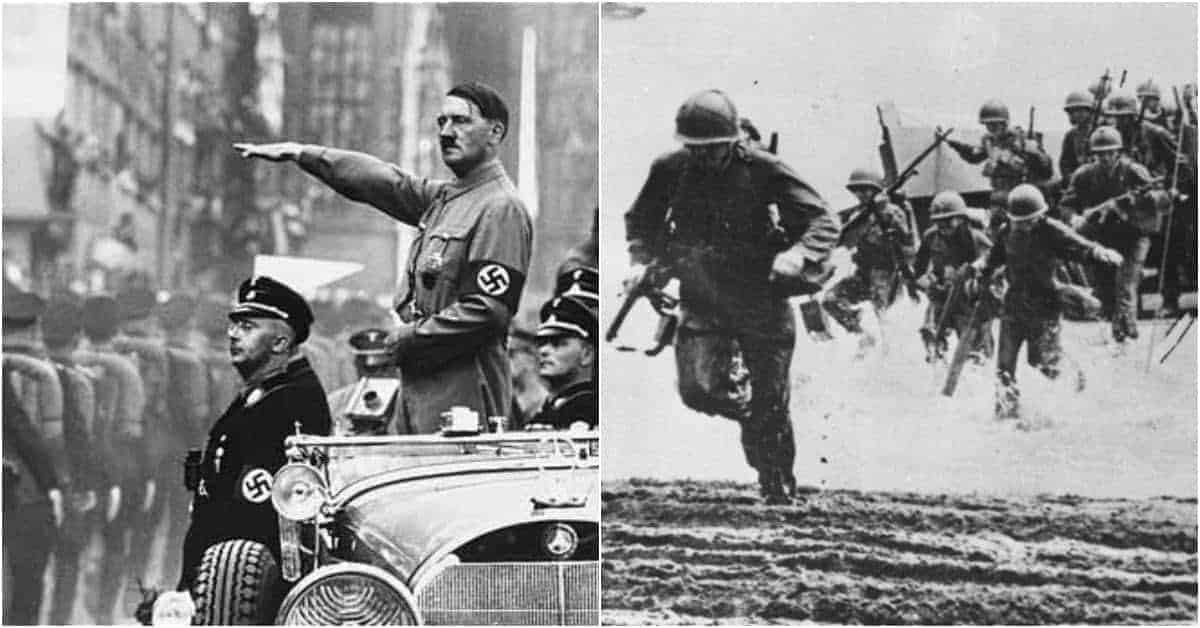The 20th century’s seminal event, World War II has sprouted its fair share of myths and glaring untruths. Be they fueled by propaganda, politics, national pride, hoaxes, a wish to believe, or simple gullibility, quite a few of WWII’s myths and untruths have had the staying power to persist for decades and into the present, even after being debunked. Unsurprisingly, the intense passions aroused by a conflict that directly and indirectly touched more people than any before or since, and whose impact still shapes the world in which we live today, has made some WWII myths highly resistant to debunking.
Susceptibility to WWII untruths is not limited to the casual Joe Public with limited interest in history or an emotional investment in a particular version of it, but can extend to those one might think should have known better, as illustrated by the 1983 Hitler Diary debacle, when a conman fooled the editors of the respectable Stern magazine and the Sunday Times into believing that the erstwhile Fuhrer had kept a secret diary, which they then published to great fanfare, only to get humiliated when it emerged that it had been created by a master forger.
Even after the debunking, contents of the Hitler Diary still surface from time to support this, that, or the other thing. Following are 12 of World War II’s more persistent myths.


The Molotov-Ribbentrop Pact Harmed the USSR
A common myth has it that the 1939 German-Soviet Nonaggression Treaty, AKA the Molotov-Ribbentrop Pact, signed a week before Germany invaded Poland, was calamitous for the USSR. While Stalin proved disastrously wrong in trusting Hitler to honor the agreement, and in stubbornly ignoring warnings of impending German attack in 1941, the fault lay with Stalin, not with the Pact. The Pact itself actually served Soviet interests, and while they did not make the best use of it, they were better off for having signed it.
From a Western and Polish perspective, the Molotov-Ribbentrop Pact was calamitous. But from a Soviet perspective, it made good sense. The Western Powers had demonstrated their unreliability during the Munich Crisis, exhibiting greater distaste for dealing with Stalin than with Hitler. The Soviets made solid offers to defend Czechoslovakia, but the Poles refused them permission to march through Poland to reach Czechoslovakia, while Britain and France negotiated halfheartedly and ended up appeasing Hitler.
After Munich, the USSR had something to offer both sides. The Germans negotiated seriously and made attractive offers, while Britain and France did not. And the Poles, looking at the only force that could physically come to their defense, were astonishingly shortsighted.
The Pact bought the Soviets nearly two years in which to prepare for war. Poor as the Soviet military’s performance was in 1941, it was even less prepared for war in 1939. Moreover, the Pact, which gave the USSR nearly half of Poland, pushed the Soviet borders hundreds of miles westwards, giving the USSR that much additional buffer. Space and distance proved decisive to Soviet survival in 1941: the Germans came within 10 miles of the Kremlin before they were turned back. Without the Molotov-Ribbentrop Pact, the Germans would have launched their invasion from a start line hundreds of miles further to the east. The same effort that ran out of steam within sight of the Kremlin would likely have pushed far beyond had it started hundreds of miles closer to Moscow.
As the Soviets saw it, they owed the Western Powers and Poland nothing. Indeed, they had outstanding border claims against Poland. The Germans offered to satisfy those claims, while the British and French offered little. Indeed, seeing how they would be the ones expected to do the bulk of the fighting and dying in a war against Germany, it seemed like chutzpah to the Soviets for Germany’s foes to offer so little in exchange for the high price the USSR would pay for siding with them, instead of entering benevolent neutrality with Germany.

